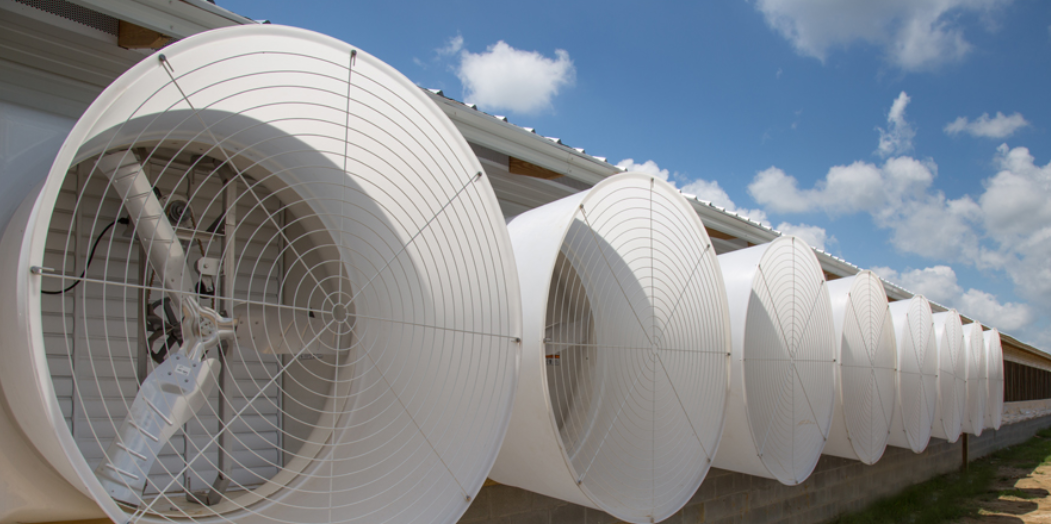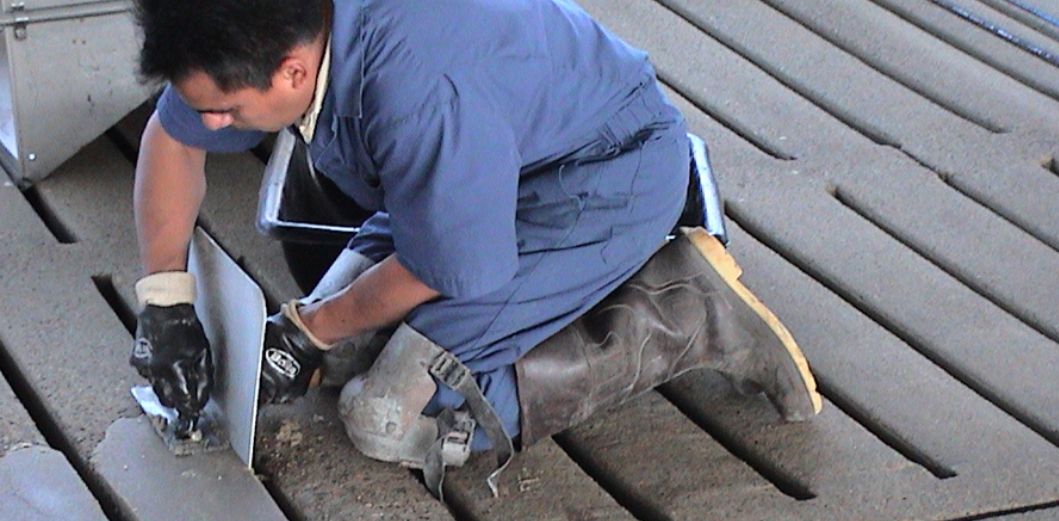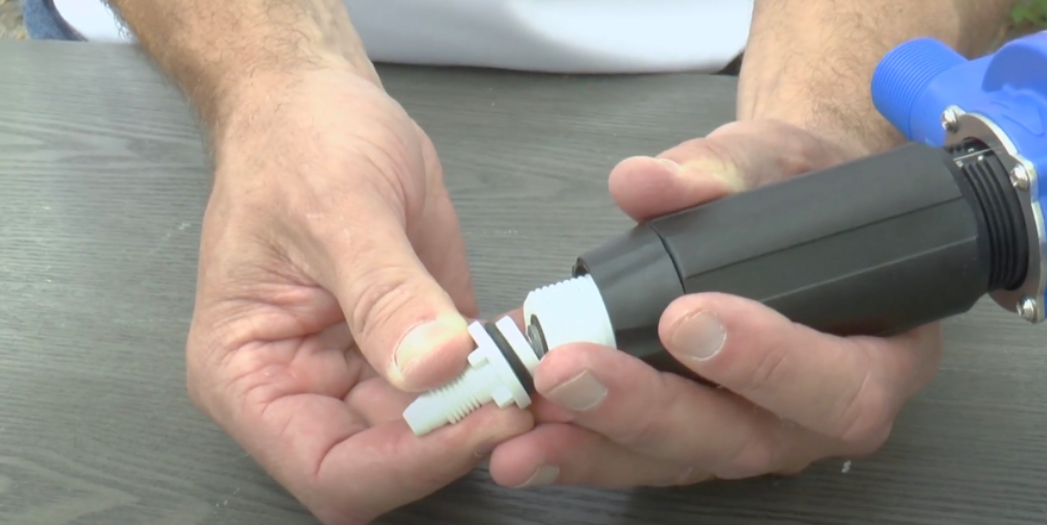



Basic maintenance is always important
Putting it off can cost youThe repair and maintenance of livestock and poultry buildings is relentless; regardless of how input costs fluctuate or contract prices change, equipment breakdowns and repairs are inevitable.
Some upkeep is optional, while some is not. You must replace a fan's faulty motor, or it doesn't run...but you don't have to do the recommended annual replacement of a fan's v-belts to prevent slippage.

Estimates for performance lost by v-belts slippage ranges from 15 to 20%. In other words, if you use a 57" fan with an expected air capacity of 30,000 cubic feet per minute (cfms), a fan with a loose belt may only deliver 24,000 cfms. You pay almost the same electric costs but only get 80% of the air.
Consider a scenario where your facility operates six 57" tunnel fans. It will cost about $60 to buy the belts needed for the suggested annual replacement. During the summer, the fans will operate about 60% of the time. Calculating electricity at 13¢ / kW costs about $2.25 daily to power each fan or $200 for the summer. So, by not spending $60 to change the v-belts, you are only getting 80% efficiency out of equipment that costs $1200 a season to operate.

Here's a big one that is easy to ignore. The concrete slats around feeders and waterers are the first to show damage. You can ignore them; they will still be there, slowly deteriorating. Or you can buy a couple of bags of slat repair mortar like Con-Korite after each turn and repair any damaged areas. Let's assume you purchase five bags a year at $55 for a total of $275, and you do that for ten years, spending $2,750. Compare that to replacing slats at $300 each, and you can afford to do a lot of slat repairs.

Another item often neglected is the routine maintenance of medicators. Ranging from $30 to $80, you can buy mini-maintenance or seal kits for Hog Slat, Dosatron, Chemilizer, and Gator medicators. One of those kits and about an hour of your time will help ensure expensive vaccines or treatments are delivered accurately.
Performing essential maintenance is never exciting, and putting it off is easy, especially when money is tight. But it will cost you long-term; in many cases, it can even influence short-term operating costs.








